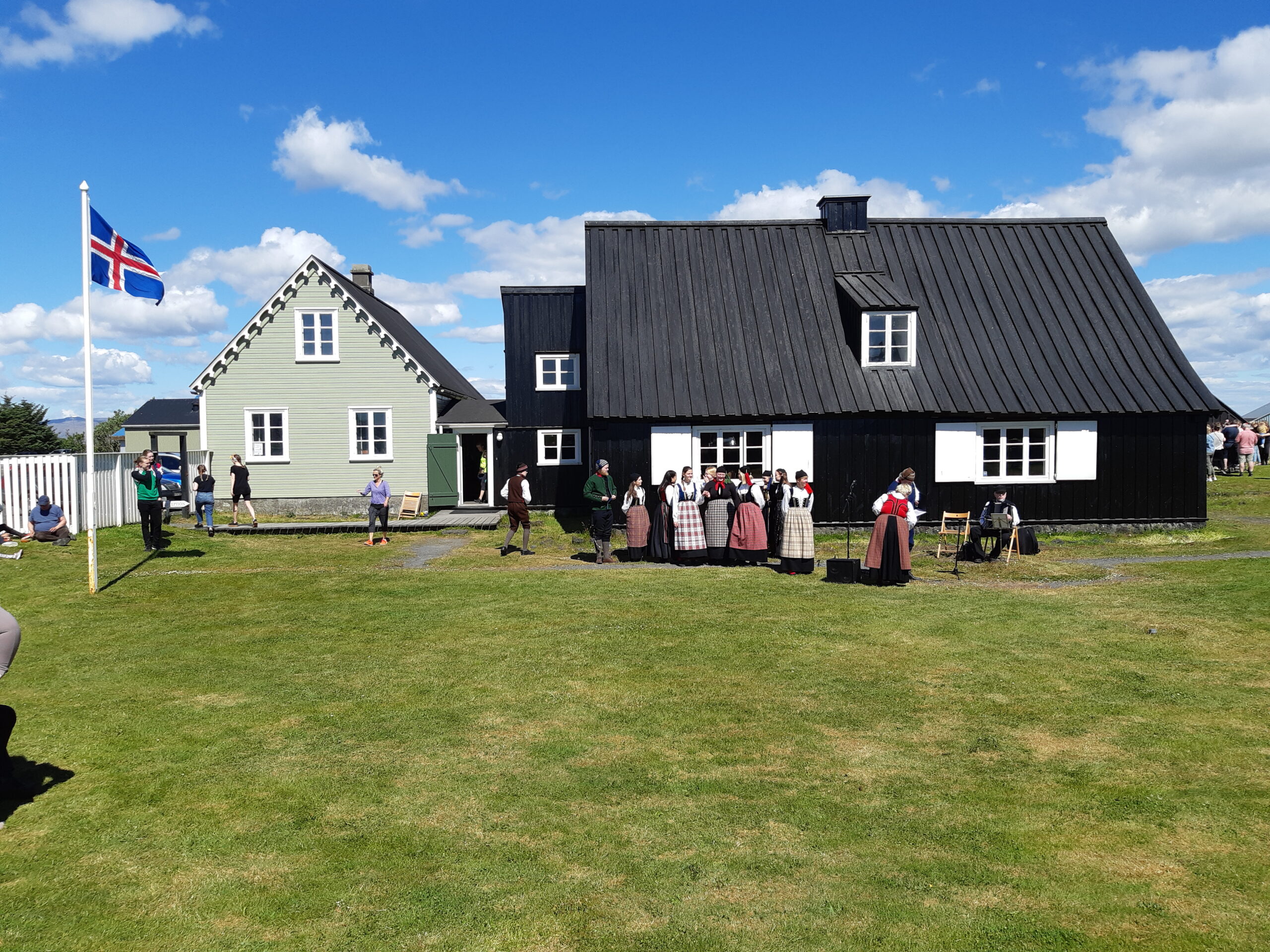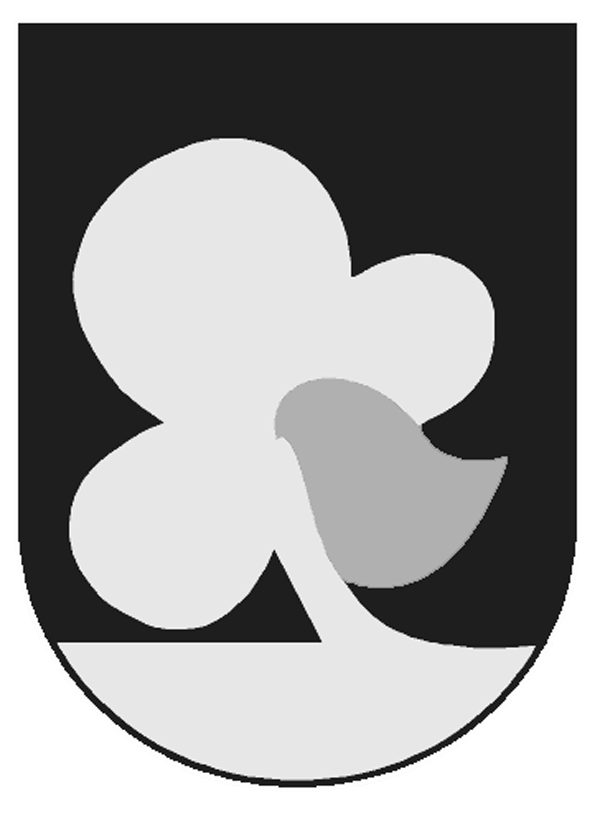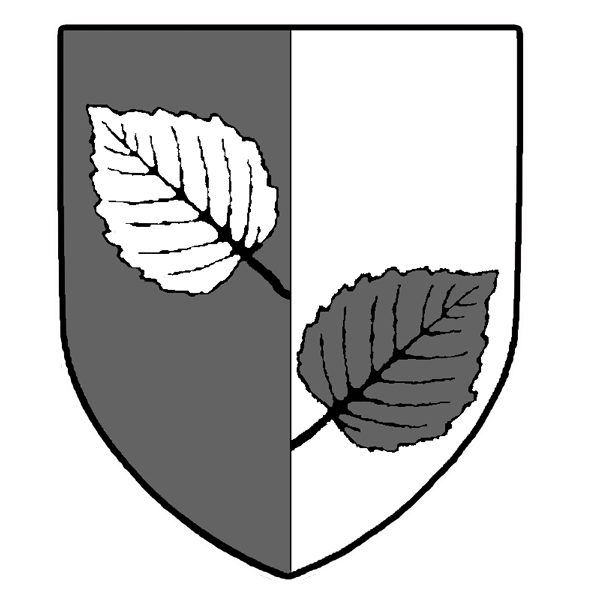The Museum

About the Museum
A captivating museum on a surf-washed shore tells the story of a shire that stretches through green countryside up to the edge of the central highlands of Iceland. Life around trade and the fisheries was crystallised in simple tools and equipment, and the personal possessions of rich and poor. What extraordinary stories may lie in a shawl made of human hair, or an old oared vessel? What kind of a world did people dream of in the days before rubber boots? Most of the museum buildings are situated at Eyrarbakki, where they lead the visitor eastward along the shore to where Iceland’s last creamery nestles by the sea.
The Museum´s History
The Establishment and Development of the Árnessýsla Heritage Museum
The first proposals for founding a Heritage museum for Árnessýsla County were presented at the Árnesinga district assembly in 1942. In 1952, the District Committee established a special committee to lead the initiative to create the Árnesinga Heritage Museum. Early in 1953, this committee issued a public appeal in local newspapers and hired Skúli Helgason of Svínavatn (1916–2002) to begin collecting items. Skúli received the first artifacts on June 1, 1953, donating several of his possessions to the museum. During the summers of 1954 and 1955, he traveled throughout the county and among Árnesinga emigrants in Reykjavík, gathering additional objects.
There were some disputes over the location and direction of the museum, but it was eventually opened on July 5, 1964, at Tryggvagata 23 in Selfoss. The museum’s layout and exhibition were designed by Skúli Helgason and three curators from the National Museum of Iceland: Kristján Eldjárn (then Director of Antiquities), Þór Magnússon, and Gísli Gestsson. The curator position was part-time until 1986, first held by Kjartan Magnússon, with Pétur M. Sigurðsson serving from 1973 to 1985. During this period, an art museum and the beginnings of a natural history collection (The Animal Museum in Selfoss) were also developed. The institution was then called the Árnesinga Heritage and Art Museum.
In 1986 and 1987, curator Hildur Hákonardóttir designed a new permanent exhibition. However, the Selfoss exhibition was closed in 1994, and the building was sold in 1996. The Art Museum of Árnesinga became an independent institution.
Transition to Eyrarbakki and Further Development
In autumn 1992, an agreement was reached regarding “The House” (Húsið) in Eyrarbakki. The state treasury purchased the property, and the National Museum of Iceland took over, supervising restoration work from 1993 to 1996. Árnesinga Heritage Museum was entrusted with managing “The House” and hosting exhibitions there. In the spring of 1993, proposals for a permanent exhibition were made and used as the foundation for the museum’s installation. The museum officially began operations in “The House” on August 3, 1995.
To the north of “The House”, the restored Egg Shed was opened in the autumn of 2004. It features a natural history exhibition focused on bird and egg collecting by Peter Nielsen, the factor (manager) around the year 1900.
On March 1, 2001, Árnesinga Heritage Museum took over the operation of the Maritime Museum in Eyrarbakki under a service agreement with the municipality of Árborg. The Maritime Museum, located at Túngata 59 in Eyrarbakki, was founded by Captain Sigurður Guðjónsson in the 1950s. He saved the last rowing boat built in Eyrarbakki from destruction and constructed the museum building in 1970. He donated the museum to Eyrarbakki Parish in 1987. Inga Lára Baldvinsdóttir arranged the permanent exhibition. The museum also owns the Baiting Shed (Beitningaskúrinn), which opened to the public in 2013. The Árnessýsla Heritage Museum is also responsible for preserving and exhibiting the contents of Þuríðarbúð (a traditional turf house).
Facilities and Modern Expansion
The museum office was located in The House from 1995 until 2002, when a service building at Hafnarbrú 3 in Eyrarbakki was opened, consolidating all internal operations. For this development, the museum received the Icelandic Museum Award in 2002, as it was then unique for a museum to construct a building solely for internal functions. Gradually, Hafnarbrú 3 became insufficient for the growing operations, and conservation standards for artifacts demanded better facilities.
In April 2019, the museum purchased the building at Búðarstígur 22 in Eyrarbakki (known as the Alpan House). The museum began using part of it in early 2020, and the entire space was operational by summer 2021 following necessary adaptations. On July 29, 2021, the museum office moved to Búðarstígur 22, and all collections were relocated there by the end of September 2021. All internal functions of the Árnessýsla Heritage Museum are now located at Búðarstígur 22.
In 2011, the museum purchased Kirkjubær, a house located just west of The House. It was restored and opened to the public in 2016. The legacy of Helgi Ívarsson of Hólar funded the project. The exhibition in Kirkjubær portrays everyday life and social innovation in the region from 1920 to 1940.
Collection and Mission
The Árnessýsla Heritage Museum maintains an ongoing acquisition policy. It preserves both artifacts and photographs from the Maritime Museum in Eyrarbakki and, since 2018, also cares for the collections of the Ölfus Regional Museum. Initially, the museum focused on rural society, emphasizing farming, trade, and fisheries up to the era of mechanization. Over time, the focus has shifted more toward domestic life up to 1960.
The vast majority of the museum’s holdings come from Árnessýsla. Moreover, the Árnesinga Regional Museum is at the forefront of Icelandic institutions practicing contemporary collecting using the SAMDOK methodology, which emphasizes field-based documentation and photography.
The museum’s service area is Árnessýsla, and it is owned by the District Committee of Árnesinga bs, which includes all eight municipalities of the region.
Since 1993, the museum has been directed by historian Lýður Pálsson.








